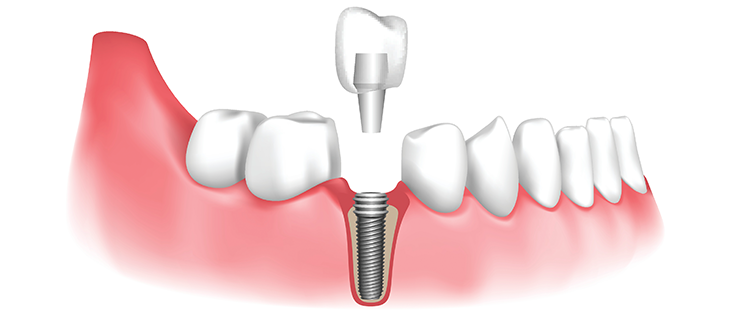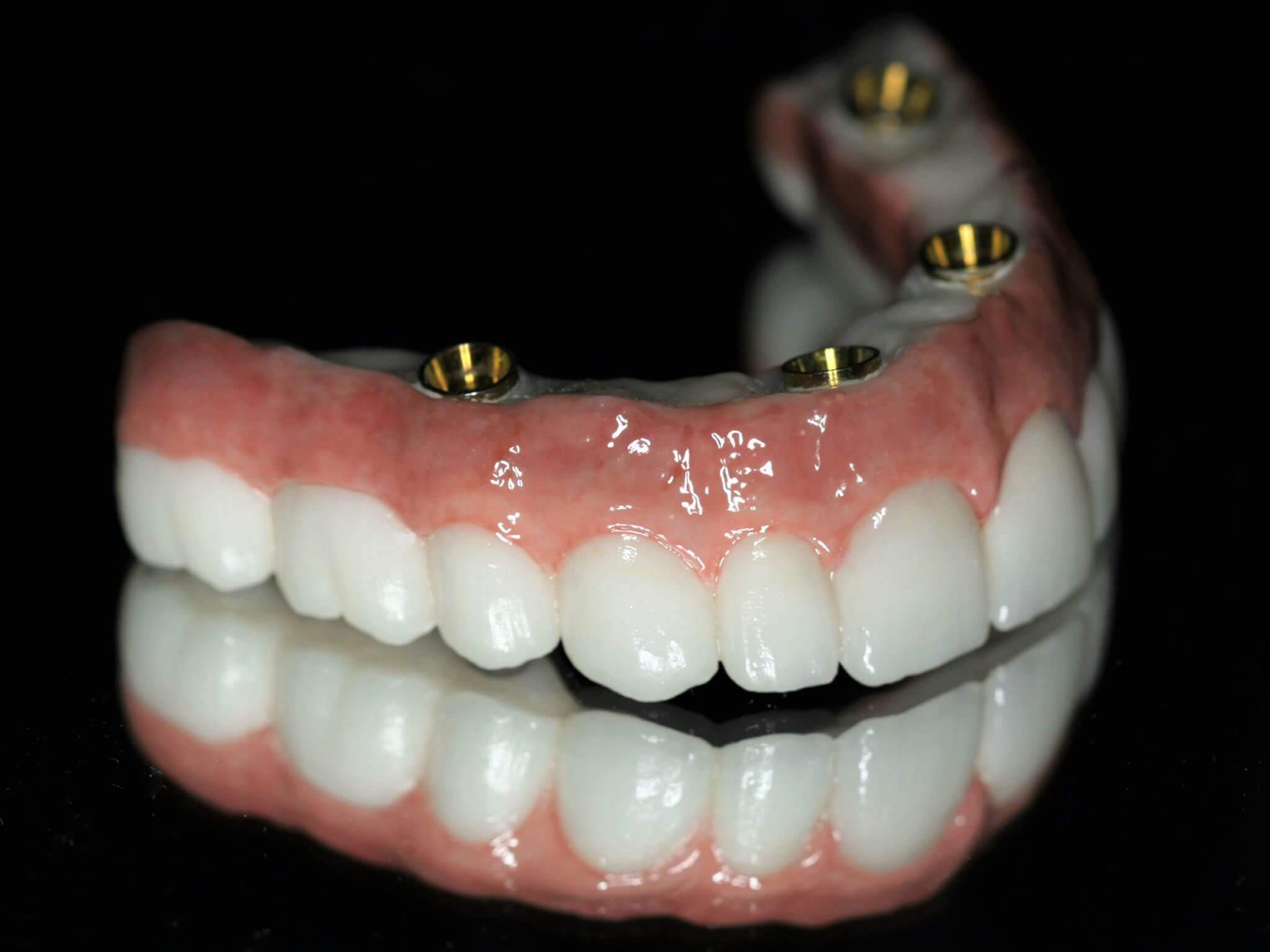Dental Sense - Truths
Dental Sense - Truths
Blog Article
The Best Guide To Dental Sense
Table of ContentsGetting My Dental Sense To WorkDental Sense for DummiesDental Sense Fundamentals Explained6 Simple Techniques For Dental Sense
are medical devices surgically implanted into the jaw to recover an individual's capacity to eat or their look. They provide support for artificial (phony) teeth, such as crowns, bridges, or dentures. When a tooth is shed as a result of injury or disease, an individual can experience difficulties such as rapid bone loss, defective speech, or adjustments to chewing patterns that lead to pain.Oral implant systems are composed of a dental implant body and oral implant joint and might also include an abutment fixation screw. Dental implant vs bridge. The dental implant body is surgically inserted in the jawbone in place of the tooth's root. The dental implant abutment is normally connected to the implant body by the joint addiction screw and prolongs via gums right into the mouth to sustain the affixed man-made teeth
(https://dentalsense1.start.page)Framework of The Dental Implant System selecting oral implants, speak to your dental service provider concerning the prospective advantages and threats, and whether you are a prospect for the procedure. Things to think about: Your total wellness is an essential variable in figuring out whether you are an excellent candidate for dental implants, how much time it will certainly require to recover, and the length of time the implant may remain in location.
Smoking cigarettes may impact the recovery procedure and decrease the long-term success of the implant. The recovery process for the implant body might take several months or longer, throughout which time you generally have a temporary abutment instead of the tooth. the oral implant procedure: Very carefully follow the dental hygiene guidelines provided to you by your dental provider.
What Does Dental Sense Do?
Implant failure can lead to the requirement for another operation to take care of or change the dental implant system. Recovers the capability to chew Recovers aesthetic appearance Aids maintain the jawbone from diminishing because of bone loss Preserves the health of the bordering bone and gum tissues Helps maintain adjacent (close-by) teeth stable Boosts lifestyle Damage to surrounding natural teeth throughout dental implant placement Injury to the surrounding tissues during surgical treatment, such as sinus opening Injury throughout surgical procedure (for instance, crack of surrounding jawbone) Inadequate feature, such as really feeling like the teeth do not attack together normally An experience that the tooth hangs or twisting in area arising from an abutment screw loosening up Implant body failure (looseness of the dental implant body) due to systemic infection, which may be extra most likely in people with uncontrolled diabetics issues because of neighborhood infection in bone and gum tissues sustaining the dental implant body because of postponed healing, which may be more probable in clients that smoke Difficulty cleaning the gums around the dental implant, leading to bad dental health Without treatment gum disease Post-surgical tingling due to nerve impingement or damage Always alert healthcare service providers and imaging service technicians that you have dental implants prior to any magnetic resonance imaging (MRI) or x-ray treatments.
FDA is not knowledgeable about any type of unfavorable events reported for MRI or x-ray treatments with oral implants. Dental implants systems are normally constructed from materials that comply with international consensus standards of the International Organization for Standardization (ISO) or ASTM International. These standards have information of what makes a secure product.

An oral implant is a structure that changes a missing tooth. With screw-like tools, the cosmetic surgeon inserts a dental implant right into the jawbone, and it serves as a support for an artificial tooth, called a crown. A device called an abutment links the man-made tooth to the oral implant. The crown is tailor-made to fit the person's mouth and match the color of their teeth.
The Single Strategy To Use For Dental Sense
Some people are not qualified for dental implant surgical procedure. It is for oral doctors to operate people with: severe illnessuncontrollable metabolic diseasebone or soft tissue illness or helpful site infectionIf these problems are resolved, a person can have the surgery. In, dental specialists avoid operating on individuals with: If individuals with any one of the above undergo dental implant surgical procedure, there is a greater threat of the implant falling short.

Dental implant surgical procedure is a tailored procedure. It's not the same for everybody. Yet the following gives a basic review of what you can expect your dental practitioner, dental specialist, periodontist or prosthodontist to do: Position the implant surgically. Provide you time to recover. Attach the blog post and final crown, bridge or denture.
Next, your cosmetic surgeon will carefully put the oral implant right into your jaw. If your implant is near the front of your mouth, your dentist will certainly make a temporary tooth for you to use till you heal.
Dental Sense for Dummies
During the healing phase, your jawbone needs to fuse to the dental implant. This process can take anywhere from three to 9 months.
Once your implant heals, your dental professional can affix the joint (small port article) and your final restoration (crown, bridge or denture). This generally takes regarding one hour to finish and may need a second minor surgery. You shouldn't feel any kind of pain during your dental implant treatment because your provider will use medicine to numb your gums.
Report this page